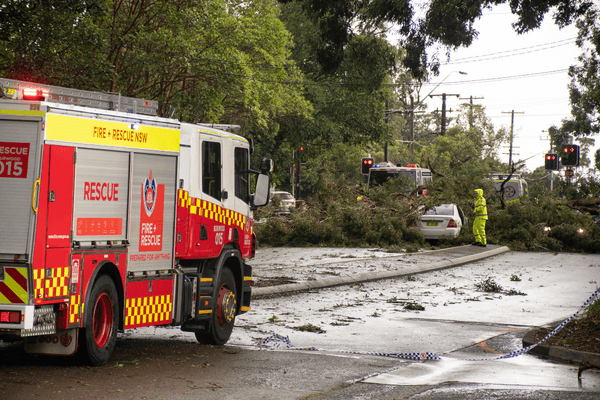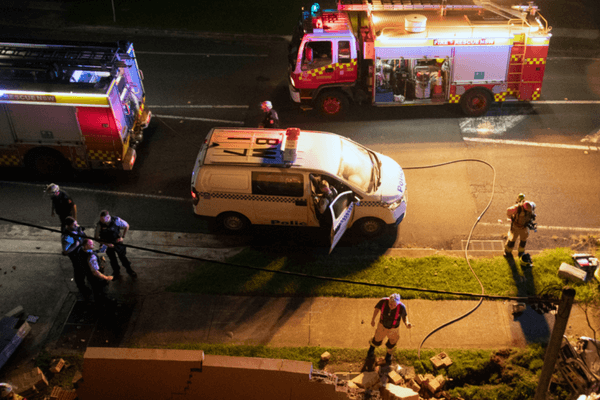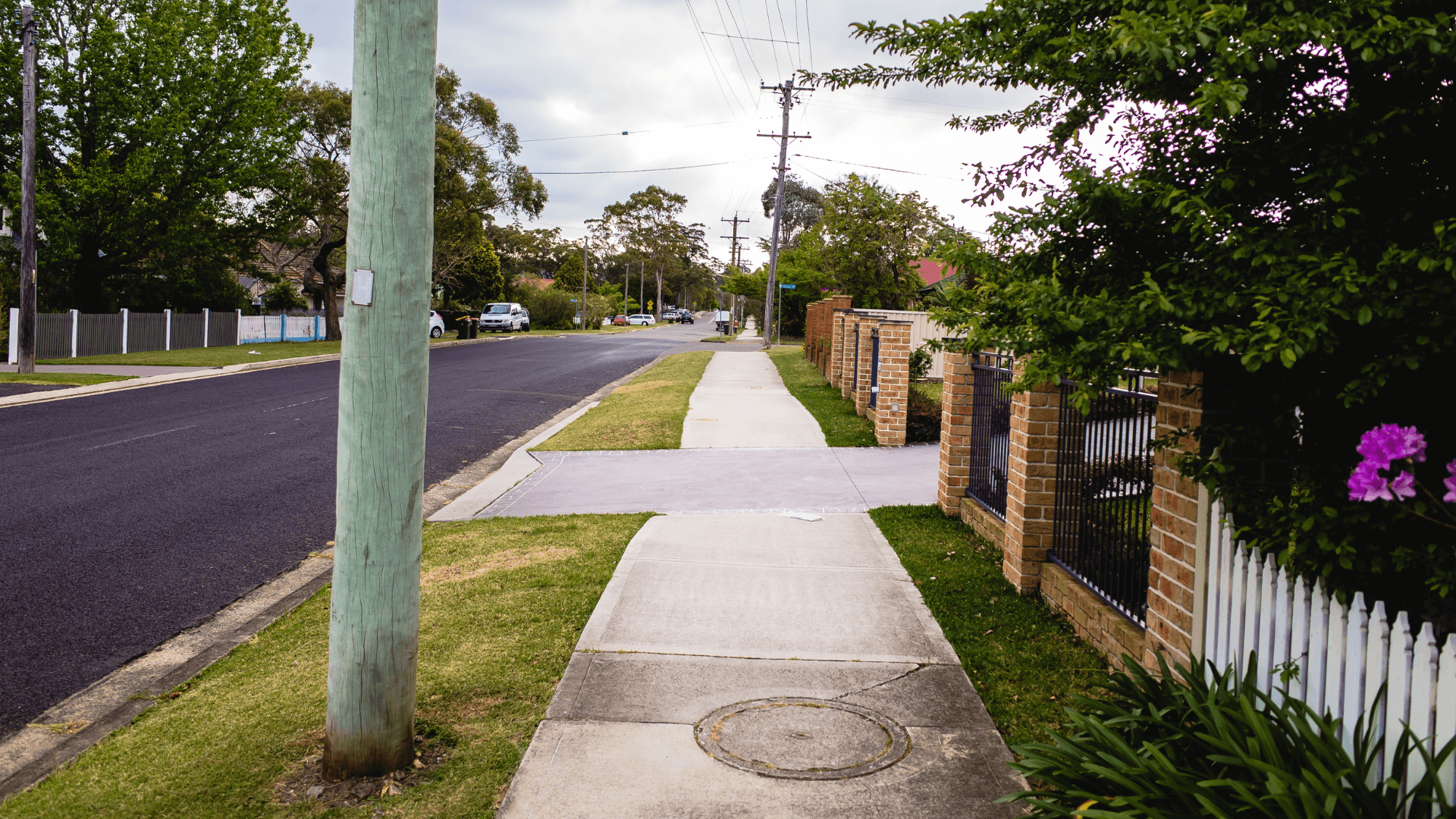What is the difference?
The terms 'low voltage' and 'high voltage' refer to the amount of electricity flowing through electrical wires.
Simply, a high voltage can deliver large amounts of electricity over long distances. While a low voltage will deliver smaller amounts of electricity over shorter distances. Remember, just because it’s called low voltage, it doesn't mean it isn’t dangerous.
Low voltage
Low voltage electricity is commonly used within households, offices, and light commercial settings. A typical Australian house has an electricity supply of 230 volts. The voltage is split by circuit breakers and sent through household wiring, at appropriate voltage levels, to power devices such as:
- Lights
- Appliances plugged into wall sockets
- Outdoor electrical fixtures
- Fire alarms
- CCTV
- Doorbells
- Sensors and access controls
electricity in the home - The risk is real
Don’t be fooled by its name; low voltage electricity presents a serious risk of electric shock.
It’s important to always wear appropriate personal protective equipment (PPE) when responding to electrical emergencies in and around homes. If your skin is wet, if you have open wounds, or the voltage penetrates skin, electric currents as low as 40 volts can be lethal.
High voltage
Powerlines deliver exponentially more voltages than those within the home; between tens and hundreds of kilovolts. High voltage powerlines can be overhead or in underground cables.
A high voltage is used in electrical distribution to reduce ohmic losses when transporting electricity long distances.
Responding to emergencies near high voltage powerlines
Over the past four years, more than 2,000 people have received electric shocks in NSW workplaces.
Emergency Services crews should be cautious when entering an emergency environment where high voltage powerlines are present.
Before responding, take a moment to check for electrical hazards. Electricity is called a "silent killer" because it can't be seen; it's essentially invisible.
Also keep an eye out for smoke or steam coming from the ground, dried or burnt grass close to an electrical asset, dead livestock close to electrical equipment, grass fires, and unusual buzzing or cracking sounds coming from powerlines. These are signs that electricity is present.

responding to storms

